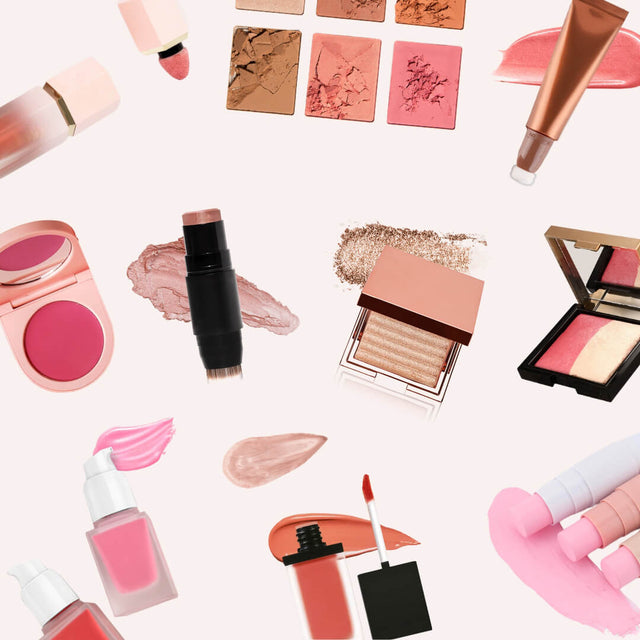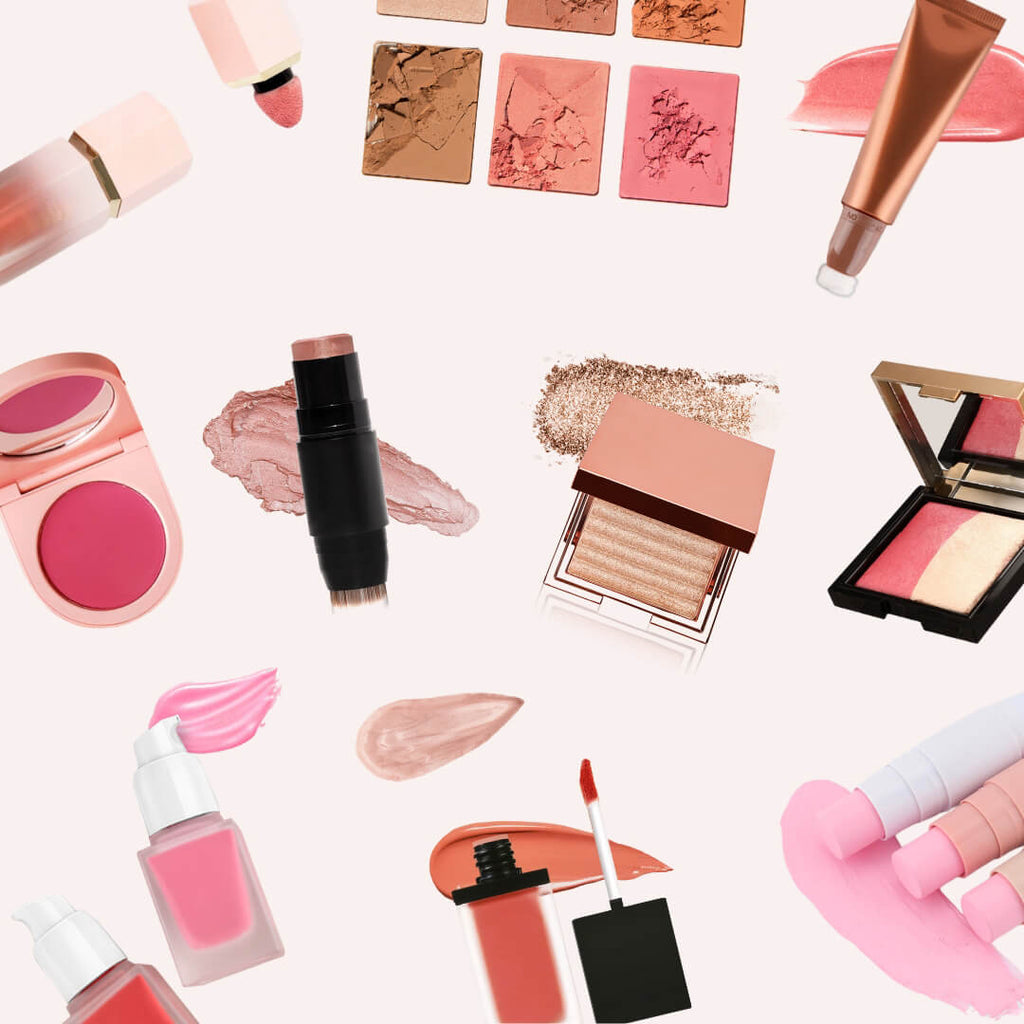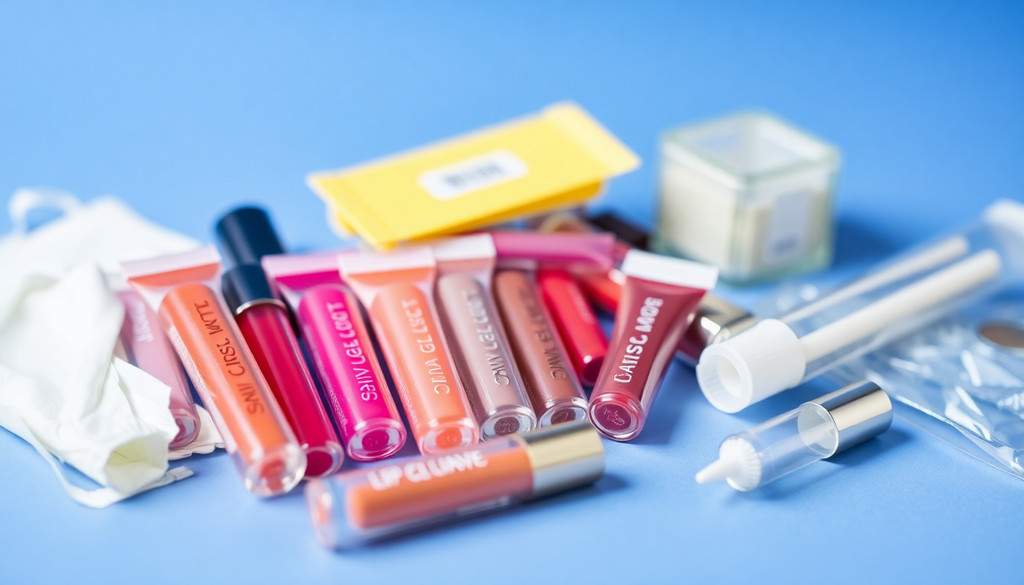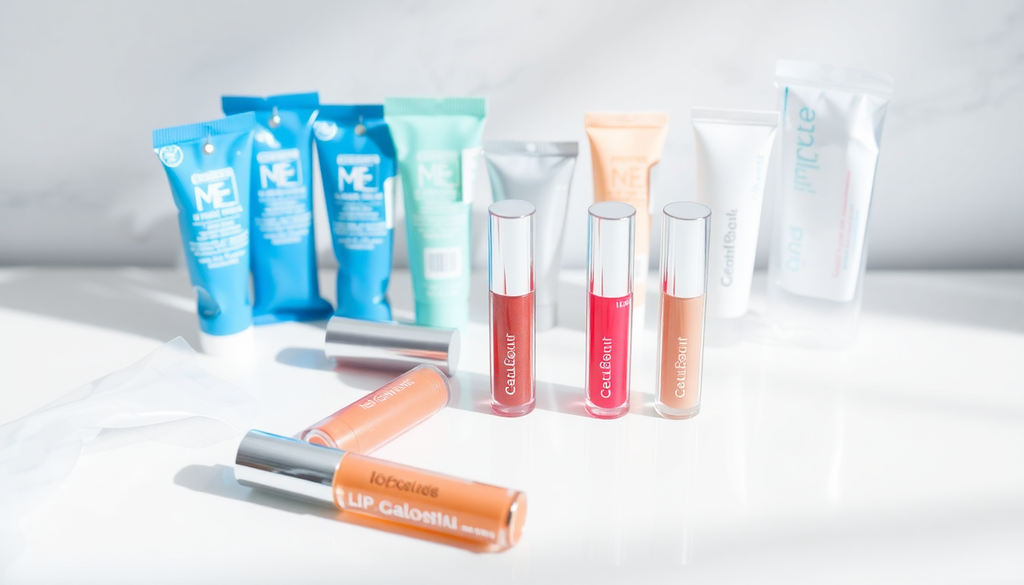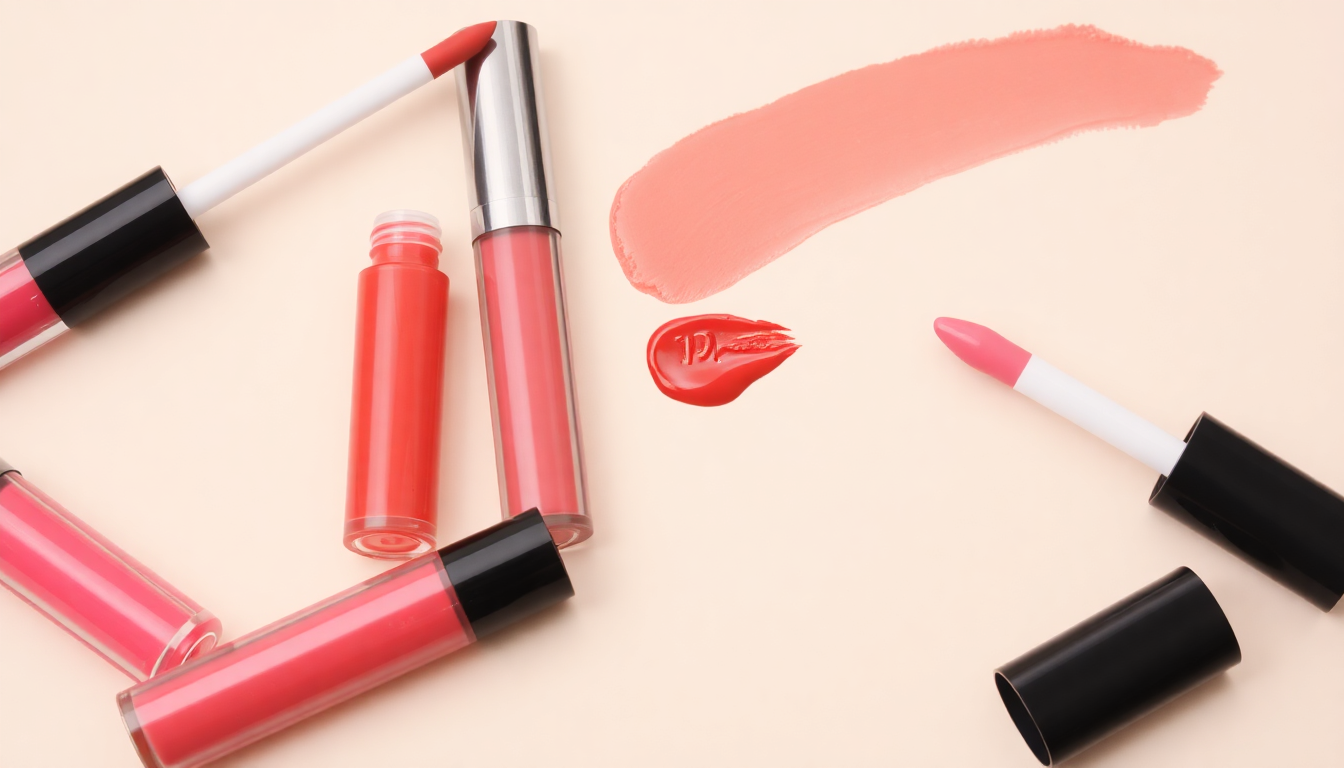
Fast-Track Private Label Lip Gloss: Custom Cosmetics Formula, Vegan Options & Real MOQ Costing
Fast-Track Private Label Lip Gloss: Custom Cosmetics Formula, Vegan Options & Real MOQ Costing
If you're a beginner beauty entrepreneur, launching a private label lip gloss is one of the fastest, lowest-barrier ways to break into cosmetics. Lip glosses require less tooling than bullet lipsticks, have broad cross-sell potential, and allow you to validate color and branding quickly. This expanded guide gives practical, step-by-step guidance with manufacturer insights so you can build a market-ready line that balances cost, quality, and speed.
Why Lip Gloss Is Your 2024–2025 Brand Launchpad (Trend Snapshot)
- Consumer interest in glossy and hybrid finishes rose noticeably in 2024 across mass and prestige channels, creating opportunity for differentiated gloss formulations. Sources tracking beauty channel trends identified glossy finishes as one of the top texture winners in recent quarters.
- Clean beauty and vegan claims continue to influence purchase decisions in 2024–2025. Shoppers increasingly prioritize ingredient transparency and cruelty-free assurances when choosing lip products.
- Direct-to-consumer brands and influencer-led microdrops have shortened the time-to-market for niche gloss lines, showing that small MOQs and fast iterations can be commercially viable for indie brands.
Two trending shade directions for gloss in 2025 are warm peachy corals and sheer rosy nudes. Use a Pantone reference guide during the dip stage to lock exact shade targets.
Step 1: Formula Foundations - What Beginners MUST Know
Start by defining the experience you want customers to have: ultra-high shine, non-sticky, plumping, or tinted. The core ingredient groups to consider are:
- Oils and esters for shine and slip. Lightweight esters and hydrogenated polyisobutene provide shine without heavy residue.
- Thickeners and body agents. Polybutene, hydrogenated vegetable oils, or microcrystalline esters give gloss body and reduce dripping.
- Waxes or wax alternatives. For vegan lip product claims, choose candelilla or carnauba instead of beeswax.
- Film formers. Small amounts of compatible film formers help gloss adhere and reduce feathering.
- Actives and sensorials. For plumping effects consider peptides or safe irritant-free alternatives; for hydration, encapsulated hyaluronic derivatives work well in water-in-oil systems.
- Preservatives and antioxidants. A broad-spectrum preservative and antioxidants (tocopherol) protect product integrity.
Formula development checklist:
- Choose finish and core claim (clear, tinted, plumping, vegan).
- Select base oils and vegan waxes if marketing a vegan lip product.
- Plan for emulsions only if adding water-soluble actives; otherwise stick to anhydrous systems to simplify preservation.
- Never skip stability testing! Include thermal cycling, centrifuge, and light exposure tests.
Step 2: Packaging That Sells - From Budget to Premium
Packaging impacts perceived value, shipping cost, and minimum order commitments. Typical packaging tiers:
- Budget: standard plastic tube with flocked or doe-foot wand. Affordable, functional, often under $0.80/unit at scale.
- Mid-tier: clear PET tubes with branded caps and polished wands. Better shelf appeal, around $0.80–$1.50/unit depending on MOQ.
- Premium: glass tubes or fully custom-molded components with metal caps. Elevated feel but higher cost and often higher MOQ.
- Sustainable options: PCR plastics, sugarcane resin tubes, or refillable components. Expect a $0.10–$0.60/unit premium and sometimes higher MOQs.
Packaging selection checklist:
- Match tube volume to price point: 4–6 mL for impulse buys, 6–8 mL for mid-tier positioning.
- Request compatibility samples with a small amount of your formula to test staining, leak resistance, and wand pickup.
- Confirm lead times and MOQ tiers for custom colors or caps.
- Factor in secondary packaging costs like boxes and inserts for gifting or subscription inclusion.
Step 3: Color Selection Science - From Pantone to Profit
Pick five starter shades that cover a wide audience and enable cross-selling. Think of building a lip gloss capsule like curating a wardrobe: each piece should coordinate with others.
- Shade 1: Clear High-Shine — acts as a glossy topper.
- Shade 2: Sheer Rose — everyday neutral that flatters most skin tones.
- Shade 3: Peach Coral — brightening, seasonal favorite for spring/summer.
- Shade 4: Mauve Nude — cooler and sophisticated for professional wear.
- Shade 5: Soft Berry — popular in fall/winter but works as a pop color year-round.
Color workflow tips:
- Order lab dip swatches rather than full runs to minimize waste.
- Test shade layering on several skin tones and over different lipstick bases.
- Document exact pigment recipes and Pantone references for reproducibility.
Step 4: Cost Control Tactics - Real MOQ & Unit Costing
Understanding MOQ and how costs scale is essential for a bootstrapped brand. Estimated manufacturing costs depend on formula complexity and packaging level. Typical small-batch guidance for custom cosmetics in 2025:
- Basic clear gloss with standard plastic tube: roughly $0.60–$1.20 per unit at MOQ 500.
- Tinted vegan gloss with mid-tier packaging: roughly $1.20–$2.50 per unit at MOQ 500.
- Active-infused or premium glass-packaged gloss: $2.50+ per unit at MOQ 500.
Budgeting tips and hidden cost alerts:
- Include testing and regulatory fees: stability, microbial, and safety data sheets can add several hundred to a few thousand dollars depending on how many SKUs you test.
- Artwork revisions: iterative label design often incurs setup fees or plate costs for packaging printing.
- Freight and customs: air freight for small runs is fast but expensive; sea freight is cheaper but increases lead time and requires larger MOQs.
- Warehousing and returns: plan fulfillment costs into your margin model.
Budget control checklist:
- Target an initial MOQ of 300–500 units per SKU to balance unit cost and inventory risk.
- Prioritize SKU reduction: start with five shades and one clear topper.
- Negotiate tiered pricing for 500, 1,000 and 2,500 unit bands to understand scaling benefits.
Manufacturer's Corner: How We Make Development Painless
Choosing the right manufacturer is as important as choosing your formulation. A reliable partner will offer transparency on lead times, testing, and costs. Here are the key questions to ask:
- What are your minimum batch sizes and MOQ tiers for custom tubes and color runs?
- Can you provide documentation for vegan and cruelty-free claims?
- How many lab dip iterations are included and what is the cost for additional dips?
- Do you provide stability and microbial testing, and what are typical timelines?
- What are lead times for packaging procurement, fill & finish, and shipping to my fulfillment center?
Manufacturer red flags:
- No sample policy or refusal to provide stability test results.
- Unclear or undisclosed tooling and packaging lead times.
- Reluctance to sign an NDA or provide references.
- Inability to produce small lab dips or limited iterative support.
Regulatory & Claim Considerations
Plan compliance early. Labeling, ingredient lists, and claims like vegan or cruelty-free require documentation and sometimes third-party certification. Keep an accurate INCI list and be prepared to provide safety and preservative efficacy data for regulators and retailers.
Go-to-Market and Marketing Tips
Launch smart: use a phased approach. Start with a hero shade and the clear topper, then expand. Tactics that convert for gloss lines:
- Micro-influencer seeding and UGC to demonstrate wear and layering.
- Before/after swatches on multiple skin tones and short reels showing application over lipstick.
- Bundle offers: gloss + lipstick or gloss trio sets to increase AOV and move inventory.
Analogy: choosing intro shades is like building a capsule wardrobe — start with versatile basics, then add statement pieces seasonally.
Final Checklist Before You Press Go
- Confirm final formula and secure 1–3 lab dips per shade.
- Complete stability and microbial testing for all SKUs.
- Lock packaging samples and run fill tests with your formula.
- Obtain regulatory documentation for claims and packaging labels.
- Set a realistic launch MOQ (300–500 per SKU) and budget for soft costs (+15–30%).
Key takeaways: Start small, prioritize one strong formula with vegan options if that aligns with your market, and plan for transparent manufacturer communication. Never skip stability testing! Thoughtful packaging choices and a tight five-shade launch will give you the best chance to scale quickly while keeping costs manageable.
Ready to formulate and get a real MOQ quote? Request our Lip Gloss Starter Kit and a tailored proposal at [CONTACT PAGE]

